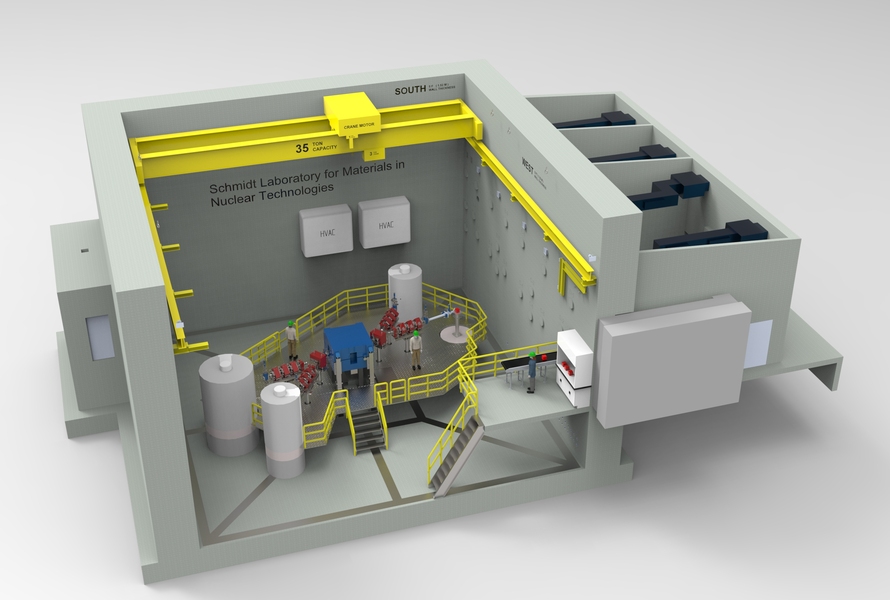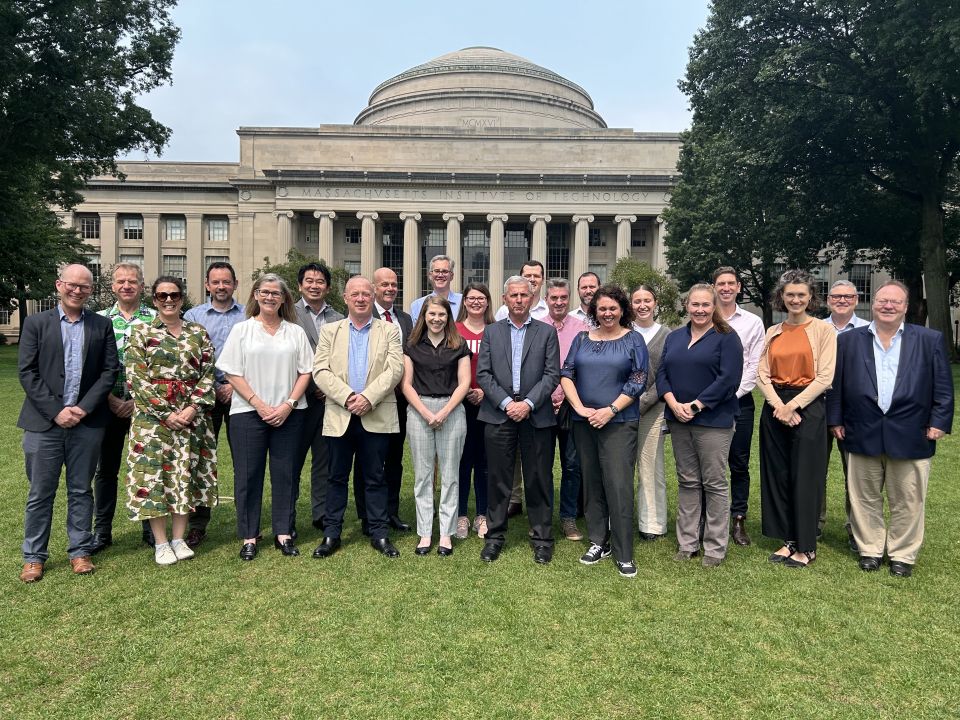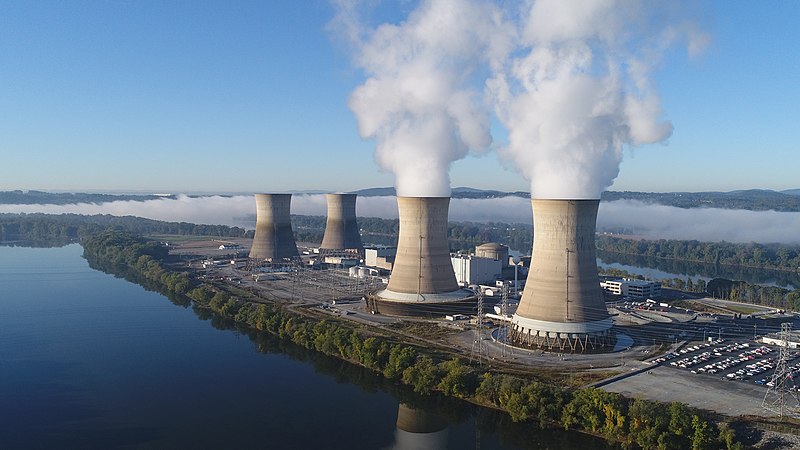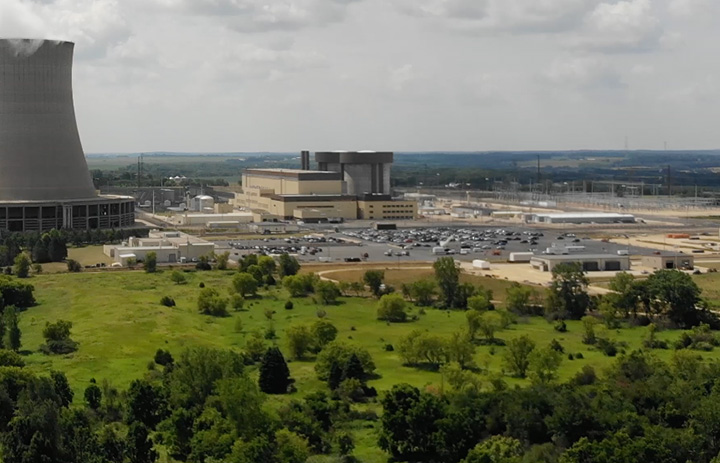Game-playing AI technique may lead to cheaper nuclear energy
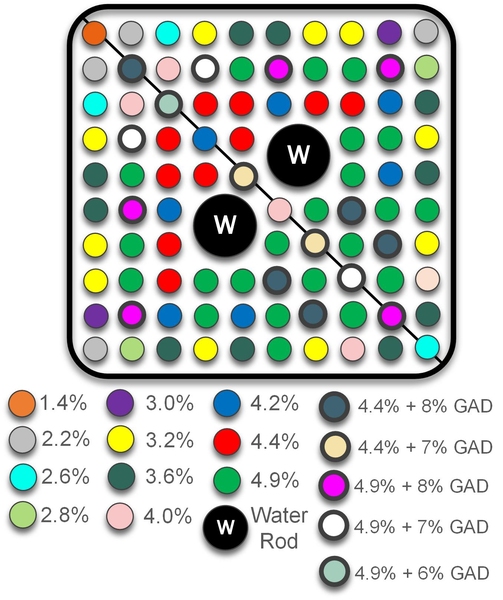
In this AI-designed layout for a boiling water reactor, fuel rods are ideally positioned around two fixed water rods to burn more efficiently. MIT researchers ran the equivalent of 36,000 simulations to find the optimal configurations. Colors correspond to varying amounts of uranium and gadolinium oxide in each rod. Image: Majdi Radaideh/MIT
Researchers at the Massachusetts Institute of Technology and Exelon show that by turning the nuclear fuel assembly design process into a game, an artificial intelligence system can be trained to generate dozens of optimal configurations that can make each fuel rod last about 5 percent longer, saving a typical power plant an estimated $3 million a year, the researchers report.
The AI system can also find optimal solutions faster than a human and can quickly modify designs in a safe, simulated environment. The results appear in the journal Nuclear Engineering and Design.



